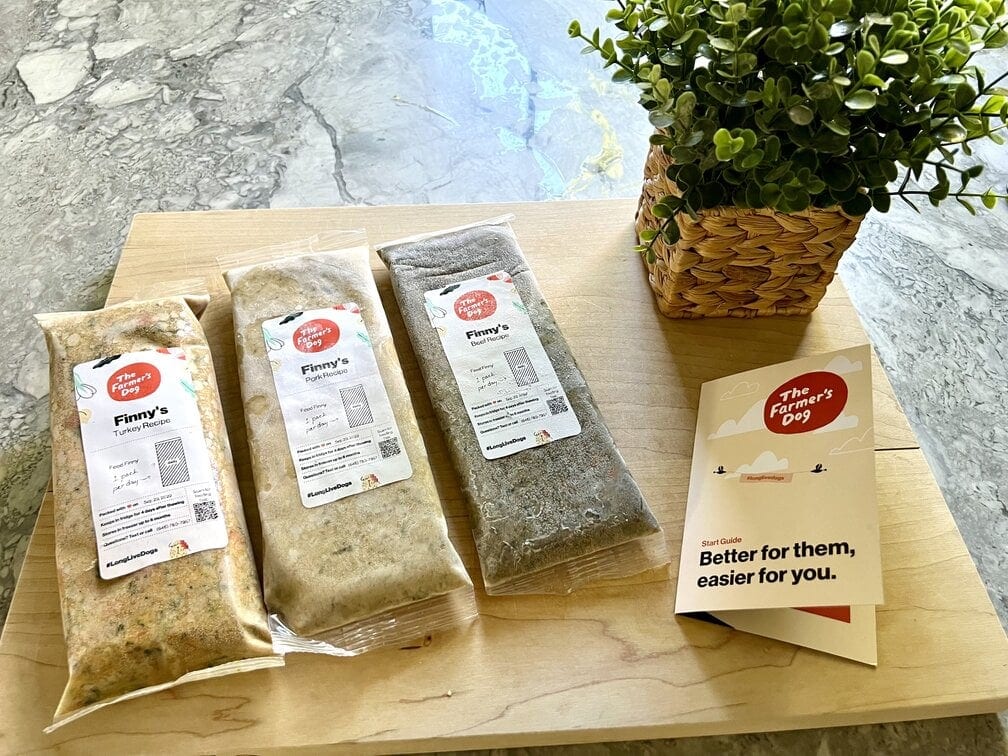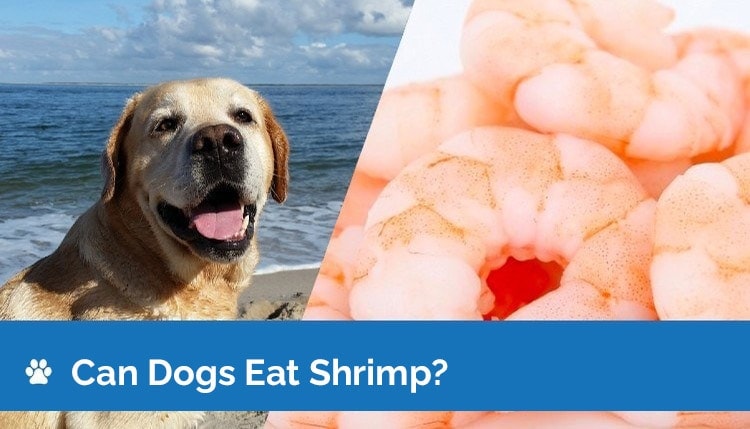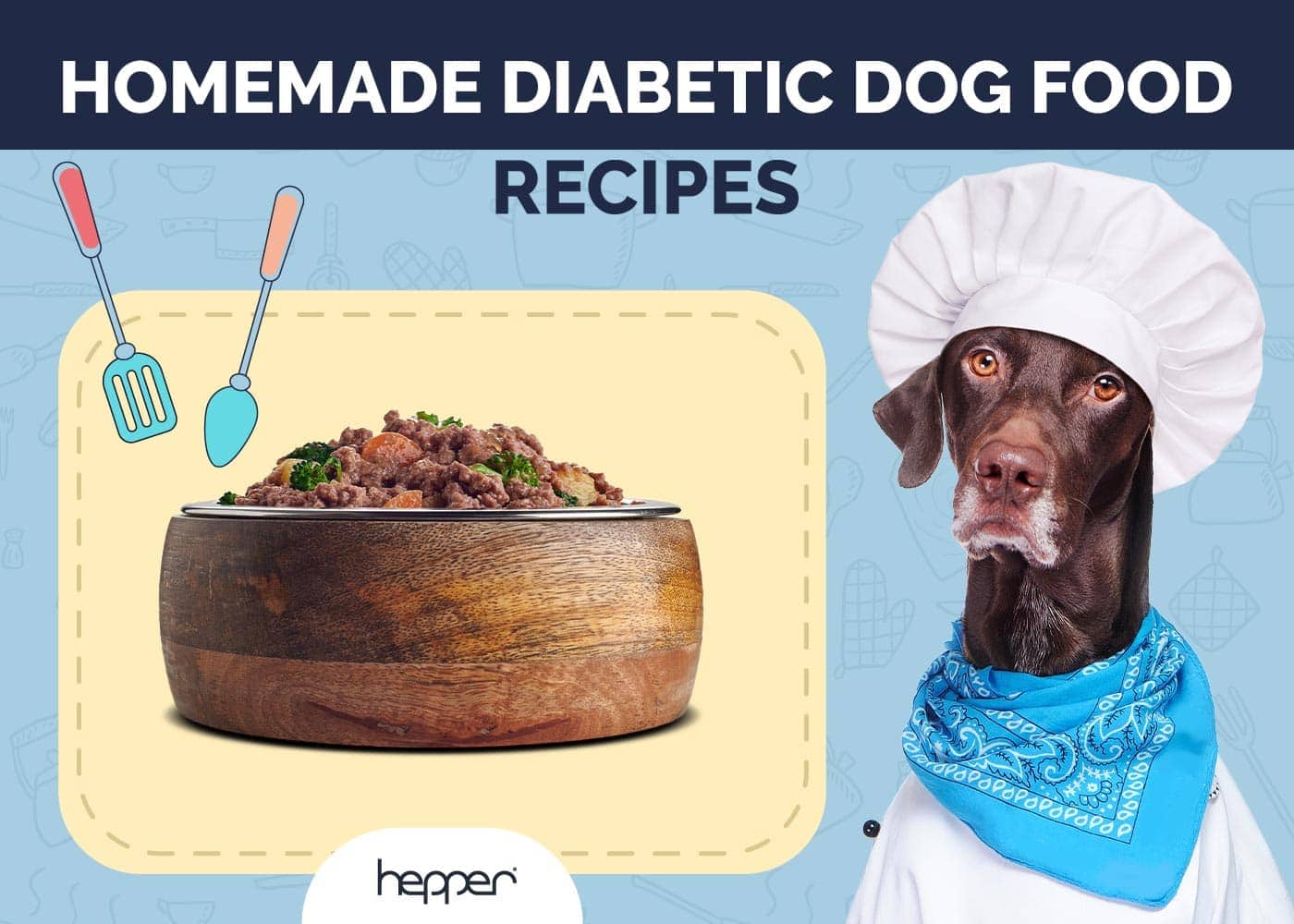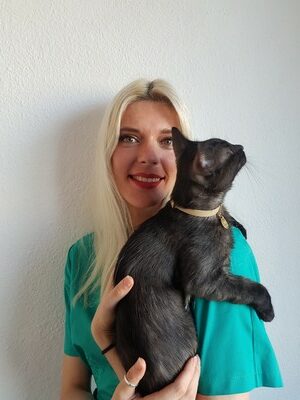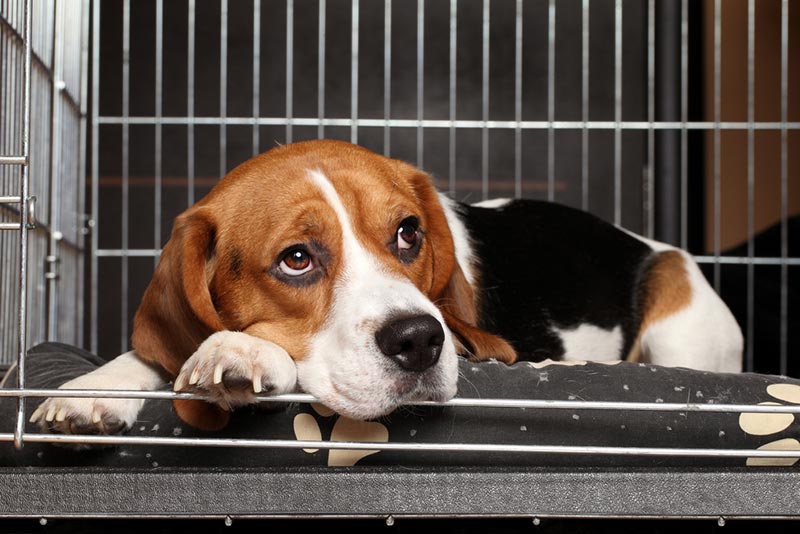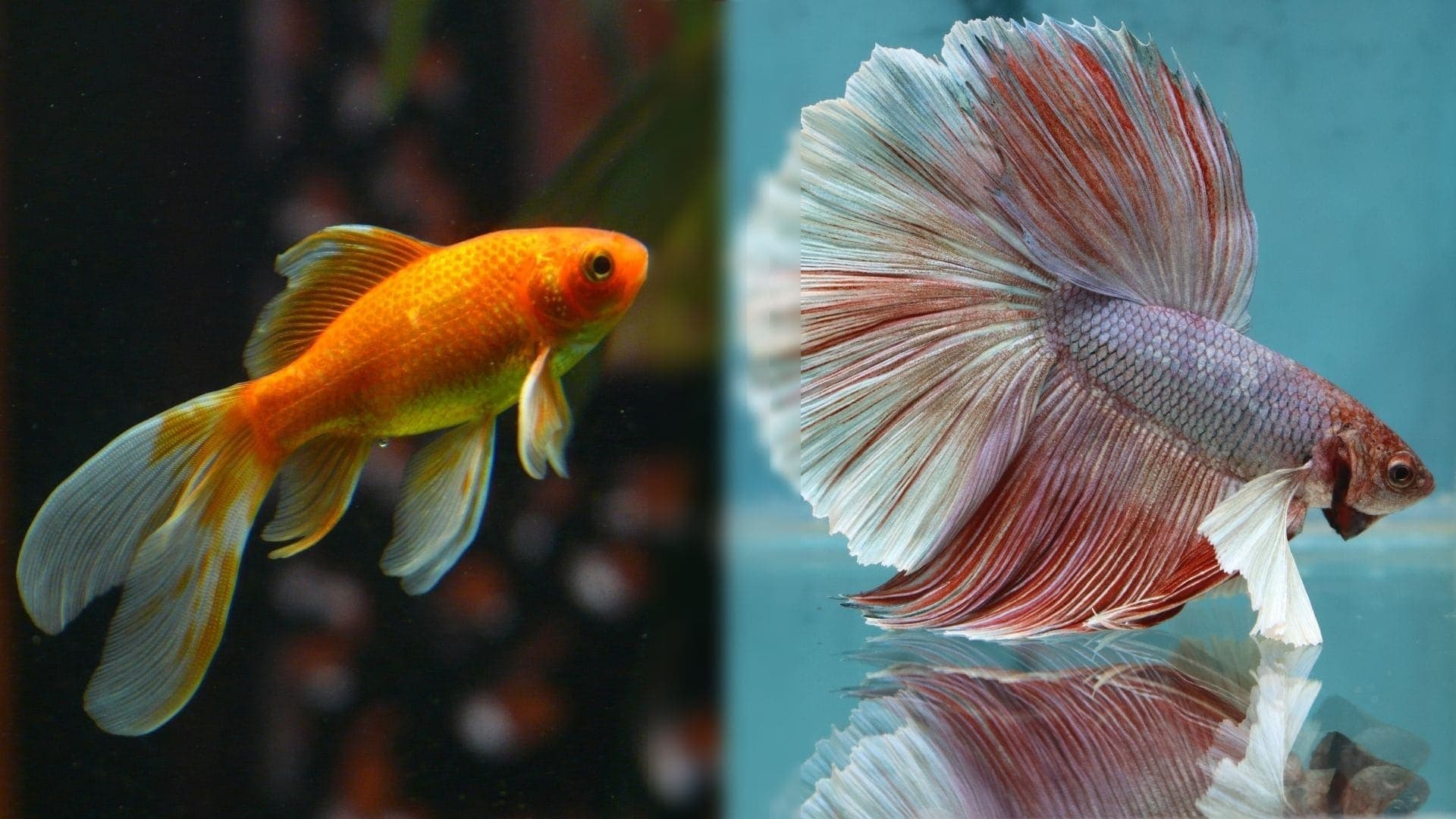7 Best Dog Foods for Yeast Infections in 2024 – Reviews & Top Picks

Updated on

If your dog has started excessively tilting their head and rubbing their ears, it may be a yeast infection. Cocker Spaniels, Basset Hounds, Golden Retrievers, Labrador Retrievers, Poodles, and other floppy-ear dogs tend to be prone to this condition. Yeast infections can affect your dog’s skin, as well as their ears, causing discomfort, odor, discharge, and in some cases, loss of hearing.
After visiting with the veterinarian, you may be instructed to adjust your dog’s food. Food sensitivities and intolerances are often the underlying culprits for yeast infections. However, changing your dog’s food may not be the easiest choice, especially if you also need to avoid allergens.
Fortunately, we’ve created a list of the best dog foods for reducing symptoms and avoiding future yeast infections. We’ve also supplied pros and cons lists for each brand, as well as a buyer’s guide to help you make a more informed purchase.
Disclaimer: The foods reviewed here were chosen because they have certain characteristics that might help with some of the causes or consequences of this medical condition. However, they are not a medical treatment or a substitute for medical treatment. Keep in mind that each medical case is different and what works for some pets may not work for others. Your veterinarian is the right person to advise you on the best diet for your pet’s individual case.
 A Quick Comparison of Our Favorites in 2024
A Quick Comparison of Our Favorites in 2024
| Rating | Image | Product | Details | |
|---|---|---|---|---|
| Best Overall |

|
The Farmer's Dog |
|
Click to Save 50% + Get Free Shipping! |
| Budget Buy |

|
Brothers Complete Dog Food |
|
Check Price |
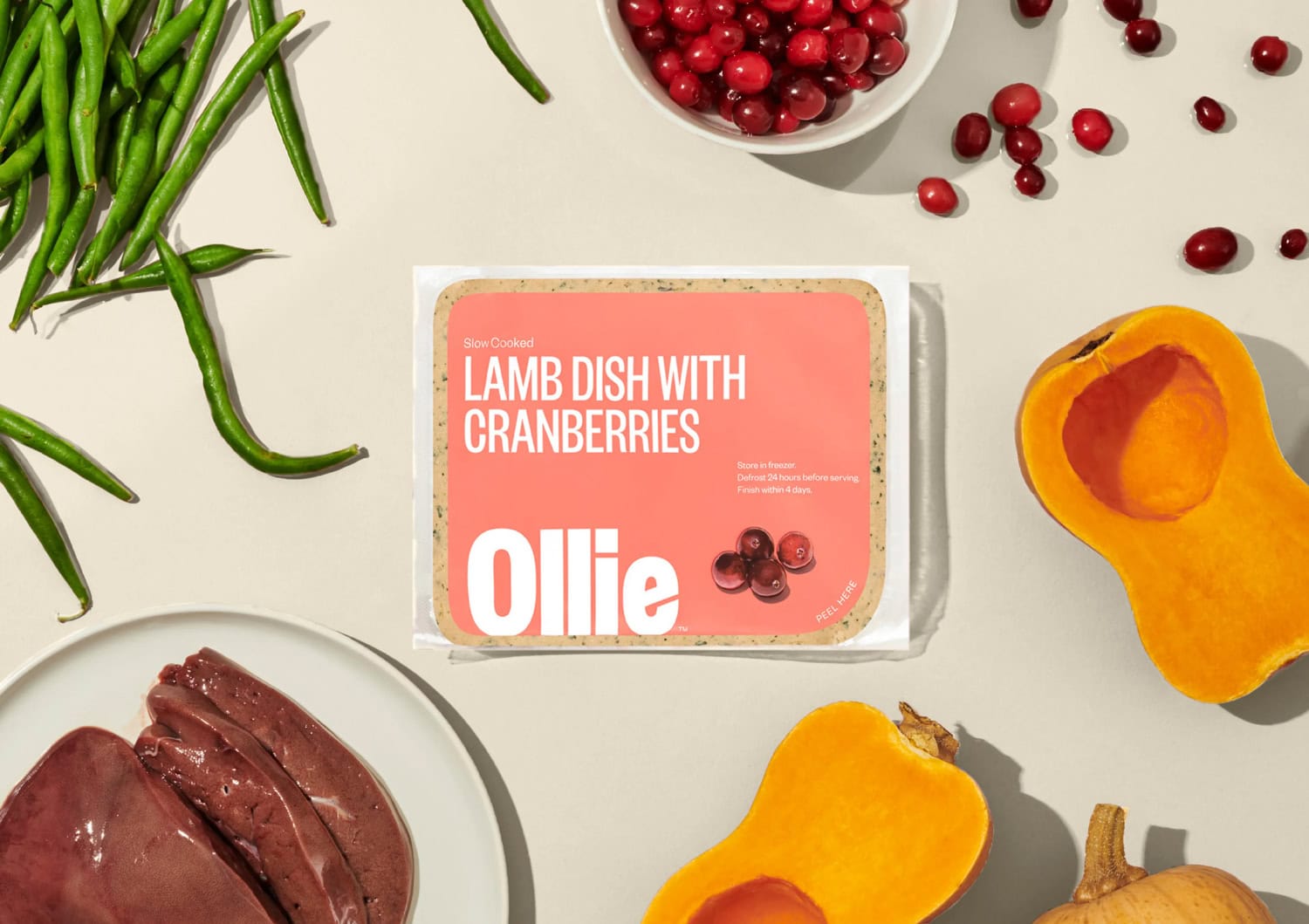
|
Ollie Fresh Dog Food Lamb Recipe |
|
Click to Save 50% | |

|
Hill’s Science Dry Dog Food |
|
Check Price | |

|
Earthborn Holistic Dry Dog Food |
|
Check Price |
The 7 Best Dog Foods for Yeast Infections
1. The Farmer’s Dog Chicken Recipe – Best Overall
The Farmer’s Dog Chicken Recipe stands out as the top choice for overall dog food for canines prone to yeast infections. Curated with wholesome, human-grade ingredients, this dog food offers fresh, nutritionally balanced meals without the complexity of additives or preservatives. Each recipe is tailored to your pet’s individual weight and age and is conveniently delivered to your doorstep. Created with vegetables like as broccoli and Brussels sprouts and with essential nutrients like fish oil and amino acids, The Farmer’s Dog Chicken Recipe is a well-rounded option for most dogs.
They also offer alternative flavors like beef, turkey, or pork are available for dogs who prefer a little variety in their diet. Developed with veterinary nutritionists, The Farmer’s Dog meals surpass the standards set by the Association of American Feed Control Officials (AAFCO) and are prepared in USDA-inspected kitchens.
Although The Farmer’s Dog meals may be on the higher end in terms of cost, it may serve as the more cost-effective option if the chances of your pup developing yeast infections may be significantly reduced and in turn, require less frequent vet visits.
All in all, we think The Farmer’s Dog is the best dog food for yeast infections.
- Free of preservatives
- Limited, whole foods
- Real meat protein as the first ingredient
- Supplemented with real vegetables
- Delivered to your doorstep
- Costs a bit more than traditional dog food
/su_list]
2. Brothers Complete Dog Food — Budget Buy
For the best dog food for yeast infections for the money, Brothers Complete dog food offers a formula designed to eliminate allergens that may contribute to your dog’s yeast infection. We discovered that this specially designed-recipe works well for most dogs suffering from yeast infections.
The grain-free and potato-free ingredients significantly reduce the excess starch and sugars in your dog’s system, which could be the underlying cause of their infection. The high protein content, low-glycemic carbohydrates, and included prebiotics all benefit your dog’s recovery and support an anti-yeast diet.
With no added dairy, the tapioca in Brothers Complete supports a dog’s natural biological diet, colon function, and immune system. Enhancing your dog’s overall health, this dog food includes omega-3 DHA and vitamin E.
We found only a few cases of stomach issues and gas with this dog food. Also, a grain-free diet may be linked to other health issues, according to a recent FDA report.
- Best value
- Formulated to eliminate allergens
- Effective for reducing yeast infection symptoms in most dogs
- Grain-free and potato free for reduced starches and sugars
- Ingredients support an anti-yeast diet
- Includes omega-3 DHA and vitamin E
- Some dogs experience stomach issues and gas
- Grain-free diet may be linked to health issues
3. Ollie Fresh Dog Food Subscription
If your dog is prone to yeast infections, choosing a food that will boost its immunity and provide the essential vitamins needed to promote good health is vital.
Although all of Ollie's fresh dog food recipes are excellent choices for pups who combat yeast infections regularly, We recommend the Ollie Fresh Dog Food Lamb recipe, which is carefully formulated with human-grade ingredients like real lamb, cranberries, and butternut squash.
Three other fresh recipes combine a single protein (chicken, turkey, or beef) and a few other limited, all-natural ingredients such as sweet potatoes, carrots, and blueberries, that make this dog food stand out from the rest. All of their fresh recipes are low in carbs which helps prevent further yeast production and minimize future infections. Ollie customizes your dog's food based on its age, weight, breed, and nutritional needs, and best of all, it's a subscription service so you never have to worry about running out.
Choosing this wholesome diet offers a healthy yet delicious meal most dogs cannot resist. You certainly cannot go wrong when choosing Ollie's fresh dog food.
- Human-grade food
- Limited ingredients
- Low carbs prevent yeast production
- Delivered straight to your door
- Customizable
- May be more expensive than store-bought options
4. Hill's Science Dry Dog Food
We placed Hill’s Science Diet in our top three dog foods for helping reduce or eliminate your dog’s yeast infections. We found several accounts of this dog food providing relief within 2 weeks.
Helpful for reducing yeast infections and promoting better digestion, the prebiotic fiber included in this dog food works to get your dog’s health back on track. This dog food also doesn’t include ingredients that may worsen your dog’s current yeast infection. There are no artificial colors, flavors, preservatives, or chicken by-product meals.
Hill’s Science Diet has a taste that most dogs enjoy, as well as natural ingredients that supply essential vitamins, minerals, and antioxidants for a balanced diet. Plus, it has vitamin E and omega-6 fatty acids for a healthy coat and skin. Although you may pay more for this product, it may be worth the higher price for your dog’s improved health.
- Effectively helps relieve most dog’s yeast infection symptoms
- Contains prebiotic fiber
- No artificial additives, preservatives, or chicken by-products
- Supplies essential vitamins, minerals, and antioxidants
- Includes vitamin E and omega-6 fatty acids
- Most dogs enjoy the taste
- Higher priced than other dry dog foods
5. Earthborn Holistic Dry Dog Food
We like Earthborn Holistic dry dog food for its superior quality ingredients that support an anti-yeast diet. We learned that many dogs saw much improvement in their symptoms.
Interestingly, most of the protein in this dry dog food is derived from wild-caught South American giant squid. You may be surprised to learn that squid offers a highly digestible and balanced source of protein for dogs. Additional sources of protein, nutrients, and fiber come from chickpeas, pumpkin, and flaxseed sourced in the Dakotas, Montana, and Canada.
Your dog’s yeast infection symptoms should ease thanks to no added grain, gluten, potato, egg, fillers, by-products, preservatives, or artificial colors.
Be aware that this dog food with its extravagant ingredients will cost you more than other dog foods on our list, and some dogs may not care for the flavor. Additionally, according to a recent FDA report, grain-free dog foods may be linked to other health issues.
- Superior quality ingredients sourced from top locations
- Many dogs saw improvement in yeast infection symptoms
- Provides varied and plentiful sources of protein
- Includes squid, which is highly digestible and nutritionally balanced
- Grain, gluten, and potato free
- No eggs, fillers, by-products, preservatives, or artificial additives
- Expensive
- Some dogs do not like the flavor
- Grain-free recipes may be linked to other health issues
6. Zignature Formula Dog Food
Made without potatoes or starchy fillers, Zignature Essential Formula dog food helps your dog recover from their yeast infection by not fueling a potential source of the problem. We found that several dogs have benefitted from eating this food and have had reduced symptoms.
This dry dog food offers limited ingredients and hypoallergenic formula. Your dog will receive plenty of essential vitamins, minerals, omega-3 fatty acids, antioxidants from fruits and vegetables, and low-glycemic carbohydrates, which are rich in fiber. To help your dog remain healthy, it has no corn, wheat, soy, dairy, or chicken products.
Zignature is a high-protein dog food that may not be suitable for older dogs or dogs with kidney or liver issues. The variety of protein, including turkey, turkey meal, salmon, duck meal, and lamb meal, is sourced from ideal areas. Be aware that “meal” is not a high-quality source of protein, however, and that this grain-free recipe may be linked to health issues, according to a recent FDA report.
- Several dogs have had reduced yeast infection symptoms
- Low-glycemic carbohydrates with no added sugars or starches
- Limited ingredients and a hypoallergenic formula
- Contains essential vitamins, minerals, fatty acids, and antioxidants
- High-protein recipe may not be suitable for certain dogs
- Lower-quality of protein sources
- Grain-free recipes may be linked to health issues
7. Tuffy's Pet Food Seafood Select
Formulated to support an anti-yeast diet, Tuffy’s Pet Food grain-free dog food provides your dog with a nutritious meal. We found that most dogs suffering from yeast infections made significant improvements in their health after a short period of eating this dry dog food.
The grain- and potato-free recipe reduces harmful starches and sugars that can further aggravate yeast infections. The included prebiotics and probiotics have friendly bacteria that are necessary for controlling yeast overgrowth. Your dog will also benefit from improved digestion.
Listed as appropriate for all stages of life, this dog food provides important vitamins and minerals, as well as omega-3 and omega-6 fatty acids and an optimal amount of protein. While most dogs seem to enjoy the taste, you may not care for the noticeable odor. Also, according to a recent FDA report, the grain-free recipe may be linked to a heart issue.
- Formulated to support an anti-yeast diet
- Caused most dogs’ yeast infection symptoms to improve
- Grain-free and potato free to limit harmful starches and sugars
- Prebiotics and probiotics to aid your dog’s recovery
- Appropriate for all stages of life
- Contains essential vitamins, minerals, and fatty acids
- Dogs seem to enjoy the taste
- Expensive
- Strong odor
- Grain-free recipes may be linked to a heart issue
 Buyer's Guide: Picking the Best Dog Foods for Yeast Infections
Buyer's Guide: Picking the Best Dog Foods for Yeast Infections
After reading through our top picks for the best dog food for yeast infections, you still may want more information or have a few questions. Many factors affect your dog’s tendency to develop uncomfortable yeast infections. In this buyer’s guide, we’ll explain the signs and symptoms of a yeast infection in dogs and provide you with tips for following an anti-yeast diet.
What Is a Yeast Infection in Dogs?
A yeast infection happens to be a somewhat common inflammatory skin or ear condition in dogs and other pets. It involves an overgrowth of the Malassezia species of yeast, which is naturally found on your dog’s skin, in your dog’s ears, and other mucocutaneous areas.
For dogs with floppy ears, there’s a greater opportunity for a favorable environment for yeast to grow. Other factors that can lead to a yeast infection include hot, humid conditions, trapped water from bathing or swimming, and certain allergens, both airborne and what your dog ingests.
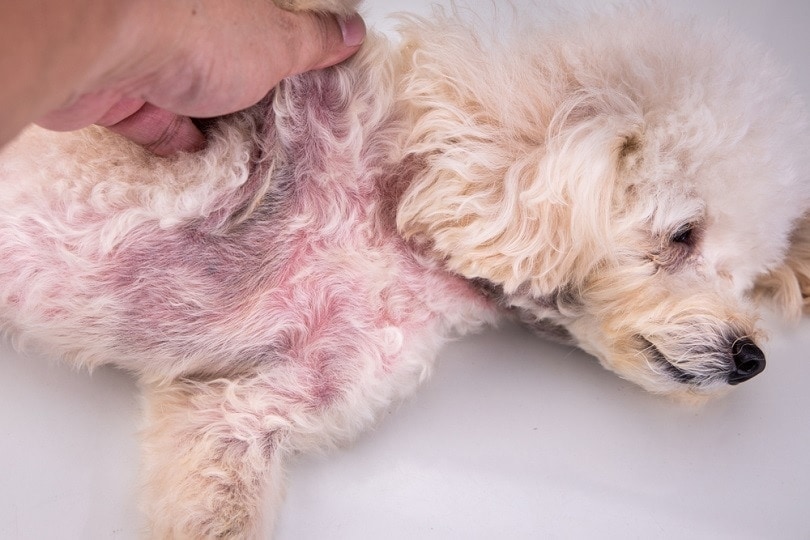
What Are the Common Signs?
Your dog’s actions will give away whether they are possibly suffering from a yeast infection. As it is most commonly situated in your dog’s ears, the infection will create discomfort that can cause your dog to excessively rub and tilt its head, as well as walk in circles and possibly become off balance. Additionally, you may notice near the infected area(s) a foul odor, a yellowish discharge, redness, swelling, and/or a loss of fur.
If you see any of these signs, you’ll need to contact your veterinarian. If left untreated, yeast infections not only can be extremely painful for your dog, but if located in the ear, they can also cause deafness.
The Anti-Yeast Diet
Fortunately, preventing and treating yeast infection in your dog is relatively simple. Your veterinarian will likely prescribe medication and offer you a few recommendations. One way to prevent yeast infections in your dog is to make sure to keep your dog’s ears dry and clean. Also, you should avoid contact with certain allergens if the infection is afflicting your dog’s skin.
The second method involves changing your dog’s diet to help your dog recover quickly and avoid further infections. An anti-yeast diet involves giving your dog the ingredients they need while eliminating possible allergens that may contribute to the overgrowth of yeast.
Remove Sugar and Starch From Your Dog’s Diet
Sugar and starch feed the growth of yeast in your dog’s system. By eliminating your dog’s intake of these ingredients, you’ll essentially starve the yeast by reducing your dog’s blood glucose levels. Always be aware of the ingredients in your dog food. Even if it states that it’s grain free, your dog food may still contain potatoes, which are full of starch.
Other Ingredients to Avoid
In addition to potatoes, you should limit your dog’s consumption of rice, fruits high in sugar, peas, corn, wheat, and grains. Also, consider your dog treats, which could be highly processed, to make sure that they don’t contain starchy fillers or high fructose corn syrup.
What Your Dog Needs
Look for dog foods that contain a limited amount of ingredients. Your dog will greatly benefit from dog food that contains lean animal proteins, probiotics and prebiotics, omega-3 and omega-6 fatty acids, and low-glycemic carbohydrates like green vegetables.
As you combat your dog’s yeast infection, remember to choose foods that will help boost their overall health and increase their immunity. Your dog food should offer plenty of vitamins and minerals, as well as natural sources of antioxidants, healthy animal-based fats, and dietary fiber.
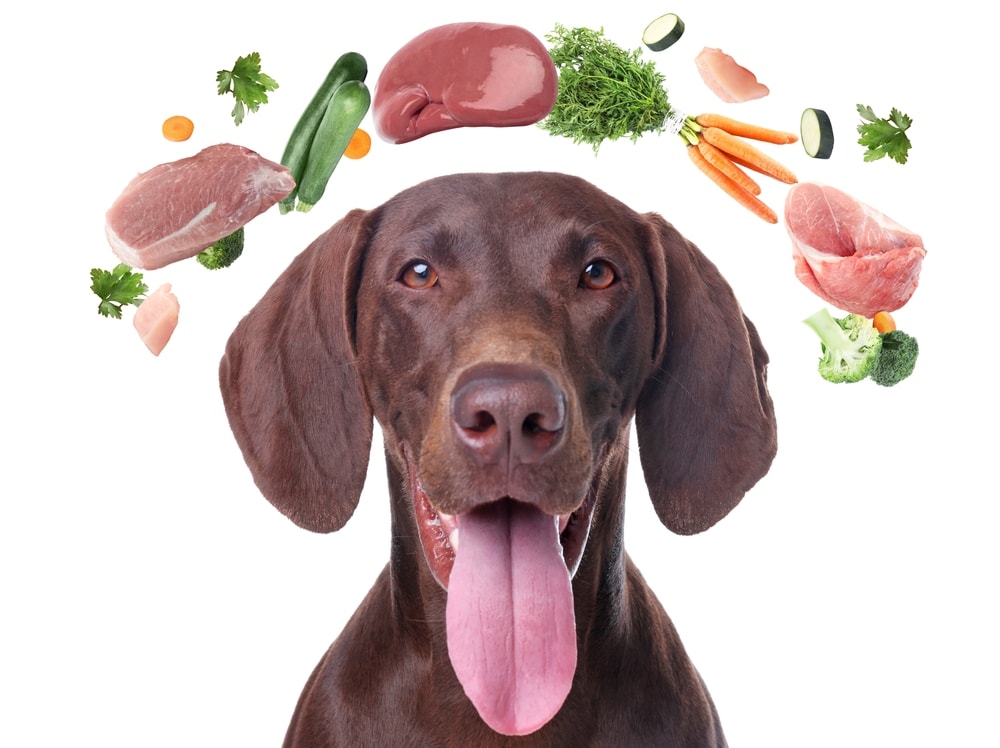
Avoiding Other Potential Health Issues
It’s important to consider any consequences of changing your dog’s food. As you work to solve one problem, your dog’s yeast infection, you may inadvertently create a new health concern. Always consult your veterinarian before changing your dog’s food. Certain factors, such as the age of your dog and other preexisting conditions, can affect how you choose your next dog food.
When selecting a dog food that aligns with an anti-yeast diet, you’ll most likely select a grain-free variety that’s high in protein to avoid giving your dog harmful starches and sugars. Before you proceed, however, consider two possible health concerns.
High Protein Caution
If you own an older dog or one who has liver or kidney issues, a high-protein diet can aggravate or worsen their condition. These internal organs may become overtaxed by the high protein, which can potentially lead to serious health issues.
FDA Update on Grain-Free Diets
In July 2019, the FDA issued a report that possibly links grain-free dog food with the development of heart condition DCM, dilated cardiomyopathy. The FDA is actively investigating the cause, as well as possibly other factors, such as the ingredients used to replace the grains in dog foods. At this time, there is no direct evidence. However, if you own a dog breed that’s inclined to develop DCM or otherwise have a reason for concern, it’s always best to talk to your veterinarian before giving your dog grain-free dog food.
Tips for Changing Your Dog’s Food
As you make changes to help your dog gain relief from its yeast infection symptoms, you’ll most likely purchase a new type of dog food. If you plan to change the brand and composition of your dog’s food, you’ll need to do it gradually to avoid causing your dog an upset stomach or diarrhea.
The 7-Day Switch
The best method for a trouble-free transition involves slowly introducing the new food over 7 days. Each day, adjust the ratio of old food to new food. The first days will have a greater amount of old food, while the last days will have more of the new food until you’ve finally made the full transition.
Final Verdict
We recommend The Farmer’s Dog Chicken Recipe since it is made with human-grade ingredients and has no additives or preservatives.
For the best value, we selected Brothers Complete Dog Food. Formulated to eliminate allergens, we found that this dry dog food is effective in reducing yeast infection symptoms in most dogs. Part of its success may be due to the grain-free and potato-free recipe that reduces your dog’s intake of starches and sugars. Brothers Complete also has ingredients that support an anti-yeast diet, as well as omega-3 DHA and vitamin E.
Finally, our third-place pick is Ollie's fresh dog food. It is made from all-natural ingredients, is low in carbs, and is subscription-based.
The right dog food with the proper balance of ingredients can ease and, in most cases, eliminate your dog’s yeast infection symptoms. We hope that our reviews of the best dog foods for yeast infections, quick-reference pros and cons lists, and informative buyer’s guide have helped you discover a dog food that may be able to help your dog.
- Related Read: pawTree Dog Food Review: Recalls, Pros & Cons
Featured Image Credit: dogboxstudio, Shutterstock
 A Quick Comparison of Our Favorites in 2024
A Quick Comparison of Our Favorites in 2024


